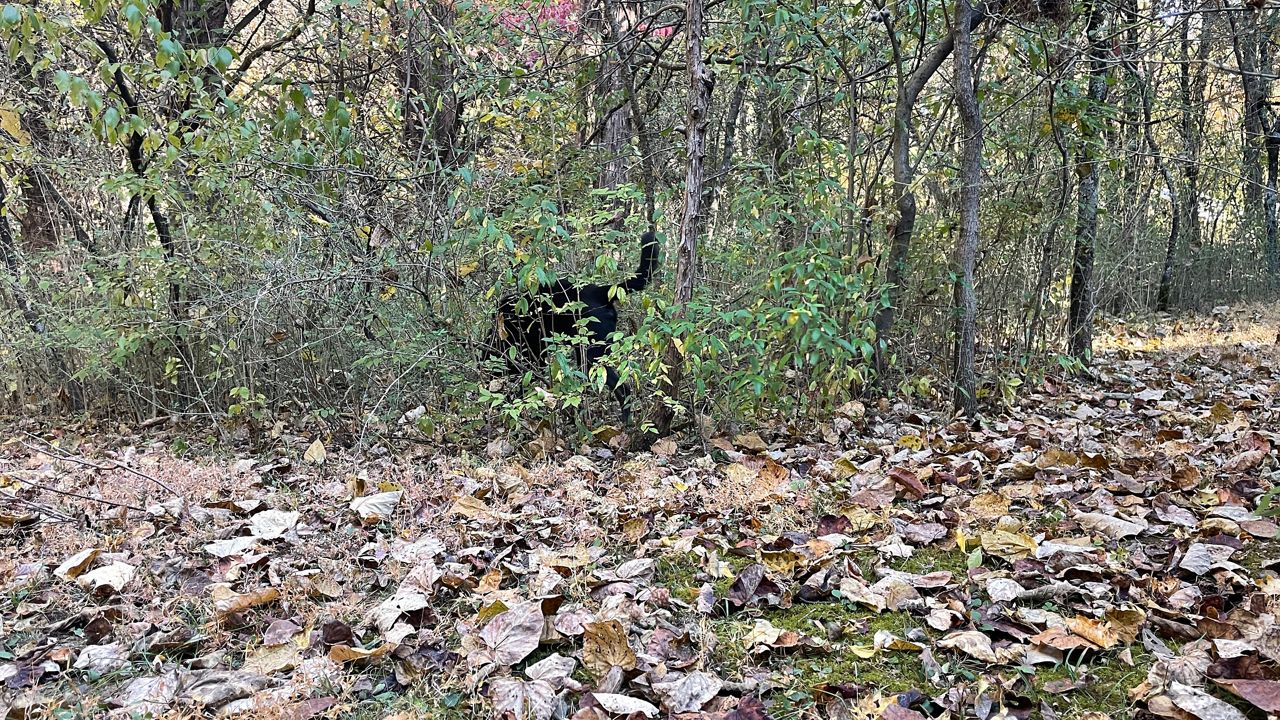LOUISVILLE, Ky. — As part of the FBI’s latest search of a property in Nelson County related to the disappearance of Crystal Rogers, human remains detection dogs, often called cadaver dogs, have been brought in to aid the search. But what goes into training those dogs and how are they used in investigations?
This is Barbara Weakley-Jones’ area of expertise. She’s been a cadaver dog trainer and handler for over 20 years and has worked on countless cases in that time. She’s also the Jefferson County Coroner.
Weakley-Jones was called to help after last year’s deadly tornadoes in western Kentucky and more recently in the eastern part of the state after the historic flooding.
A few years ago, she also helped the FBI with the investigation into the disappearance of Crystal Rogers at the same property the agency is searching again this week.
“I know we did not, years ago, cover the entire farm because we didn’t have enough dogs and we didn’t have enough time,” Weakley-Jones said.
Weakley-Jones says it can take over a year to get a dog trained to do this kind of work.
“For a cadaver dog, they have to learn from blood to dry bone and all of the decomposition in-between,” Weakley-Jones said.
Training is done using human bones and remains at various levels of decomposition. These training aids are hidden in a wooded area and the dogs are tasked with finding them. Each discovery means a reward, either a treat or a chew toy.

Weakley-Jones trains a handful of handlers every week. That consistency she says is key.
“The more you train, the better your dog gets,” Weakley-Jones said.
While other businesses do this kind of training for a fee, Weakley-Jones has never charged a dime. She says it’s not about the money, it’s about something much more important than that — closure.
It’s been over seven years since Crystal Rogers went missing. The oldest remains Weakley-Jones has found were 12 years old. That’s something that gives her hope there could one day be a discovery in the Rogers case.
“If the body was buried, there even may be some tissues on it if it was buried deep enough. If it was on the surface it would be skeletal remains and the bones would be scattered by animals,” Weakley-Jones said.
A timeline of the Crystal Rogers case can be found here.



